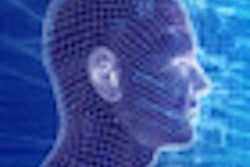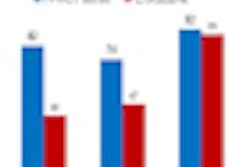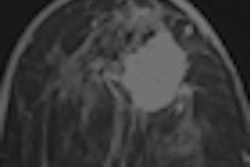Dear AuntMinnieEurope Member,
The seemingly unstoppable rise of MRI has been one of the revelations of modern medicine. Today it's the frontline technique in the routine diagnosis of many disease processes. In the early 1980s, there were 12 machines, but now there are around 25,000 units worldwide, says the European MR Forum.
This growth stems largely from the modality's noninvasiveness and lack of ionizing radiation, as well as its high soft-tissue resolution and discrimination in any imaging plane. It can also provide both morphological and functional information.
To help you track MRI's development and monitor new advances, we have launched our new MRI Digital Community. In this special section, you can read about how German researchers have found that fusing 3-tesla MR images with x-ray mammograms can accelerate workflow and boost accuracy. Click here for the full story and watch for further coverage.
Turf battles over cardiac CT have occurred in many hospitals, but they're avoidable, according to U.K. consultant cardiologist Dr. Jonathan Hill. He presented on this topic at the British Institute of Radiology President's 2011 Conference, held in London. To read more, click here.
The Paris Course for Revascularization, or EuroPCR, also took place last week, and we covered the event. New evidence suggests the diagnostic accuracy of CT angiography can be increased by 25% using a novel postprocessing technique. Find out more here.
Most European radiologists don't have a firm grasp of clinical audits, it seems. A recent survey by the European Society of Radiology into the awareness, status, and role of clinical auditing highlighted numerous deficiencies. Click here for the details.
A major challenge today is whether to select a digital radiography (DR) or a computed radiography (CR) system. Dutch researchers have discovered mobile chest DR provides superior image quality to CR at the bedside. Click here to read more.
Finally, please spare a moment to read our new informatics column, written by Dr. Neelam Dugar, chair of the U.K. Royal College of Radiologists' Imaging Informatics Group. Click here for the article.



















